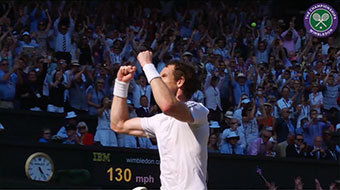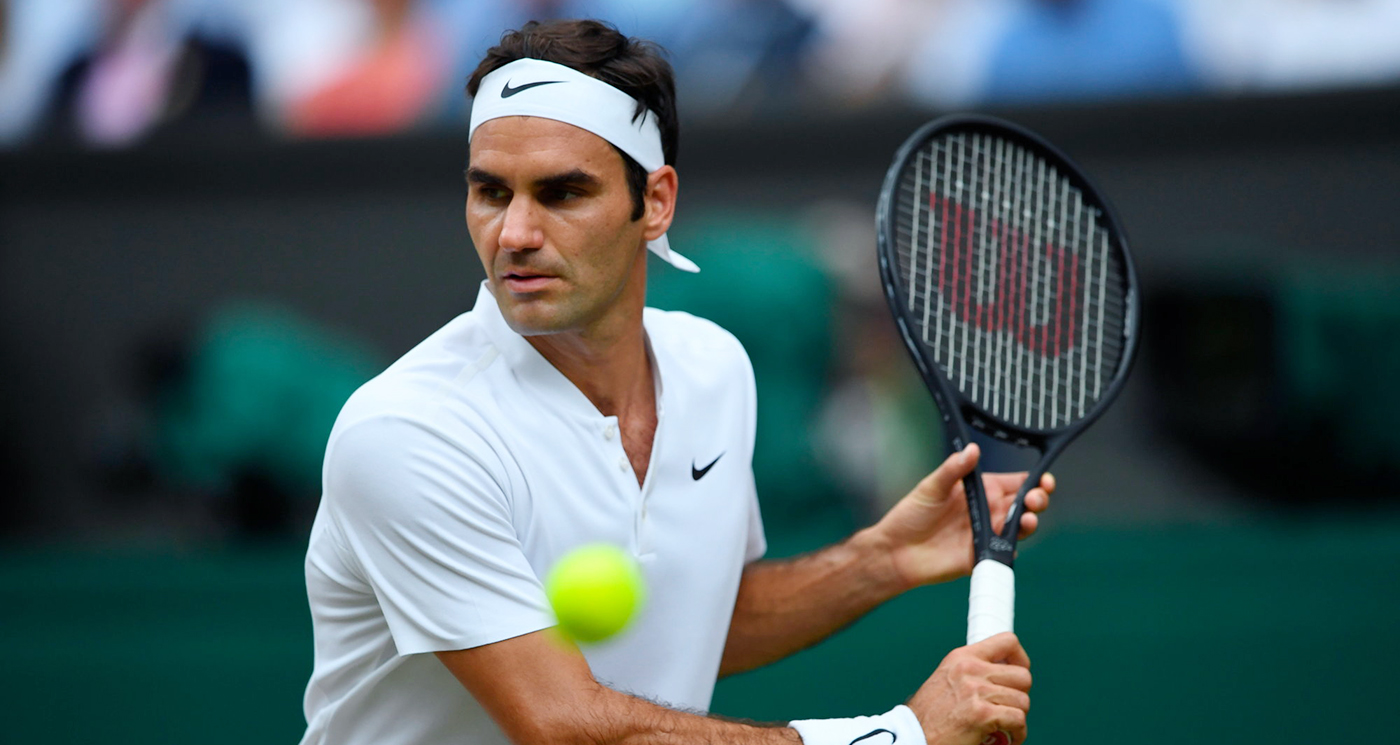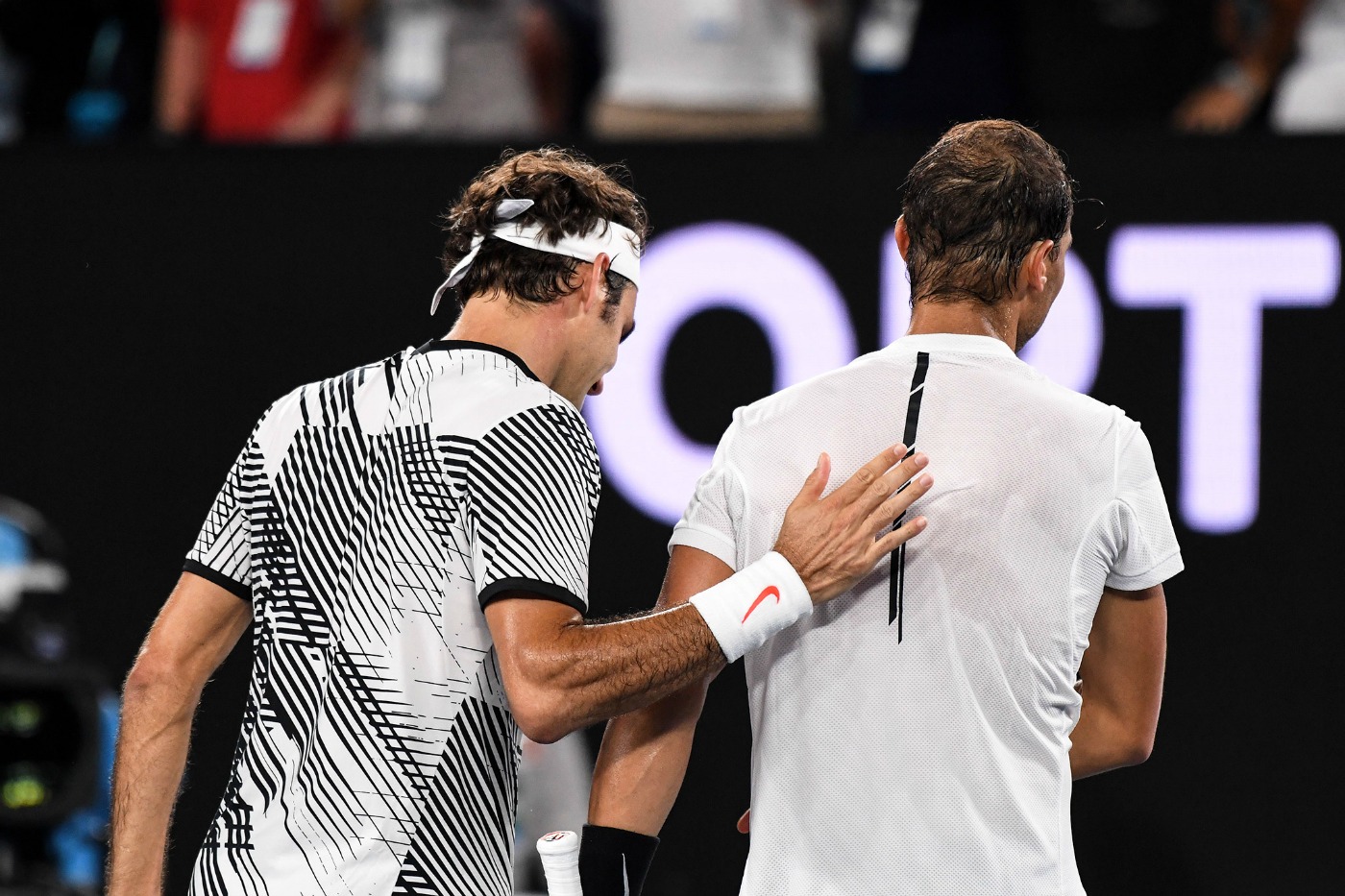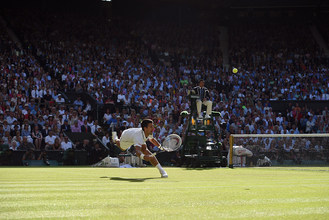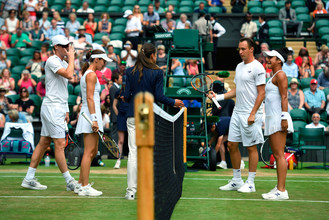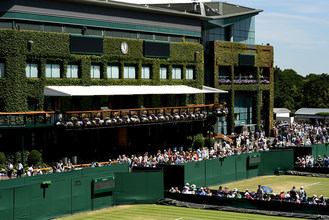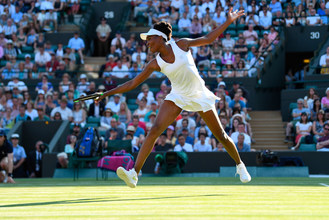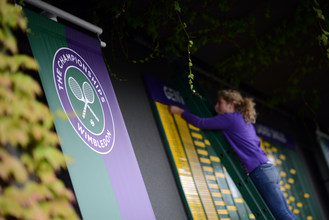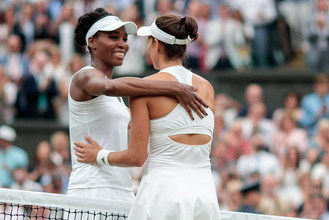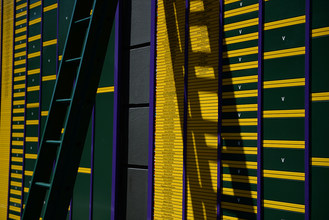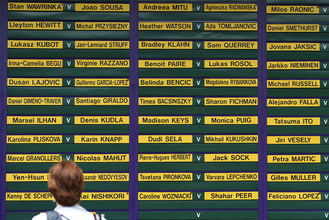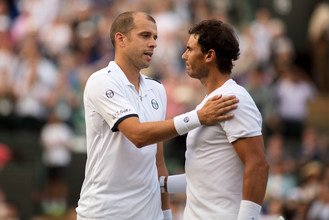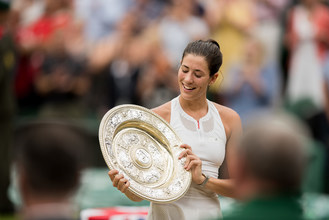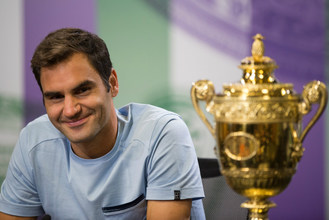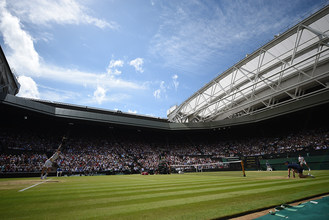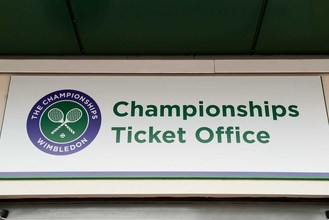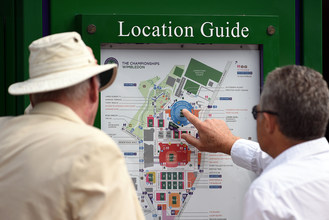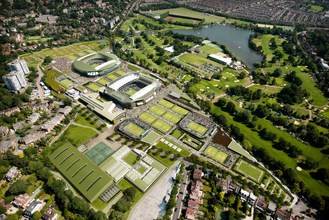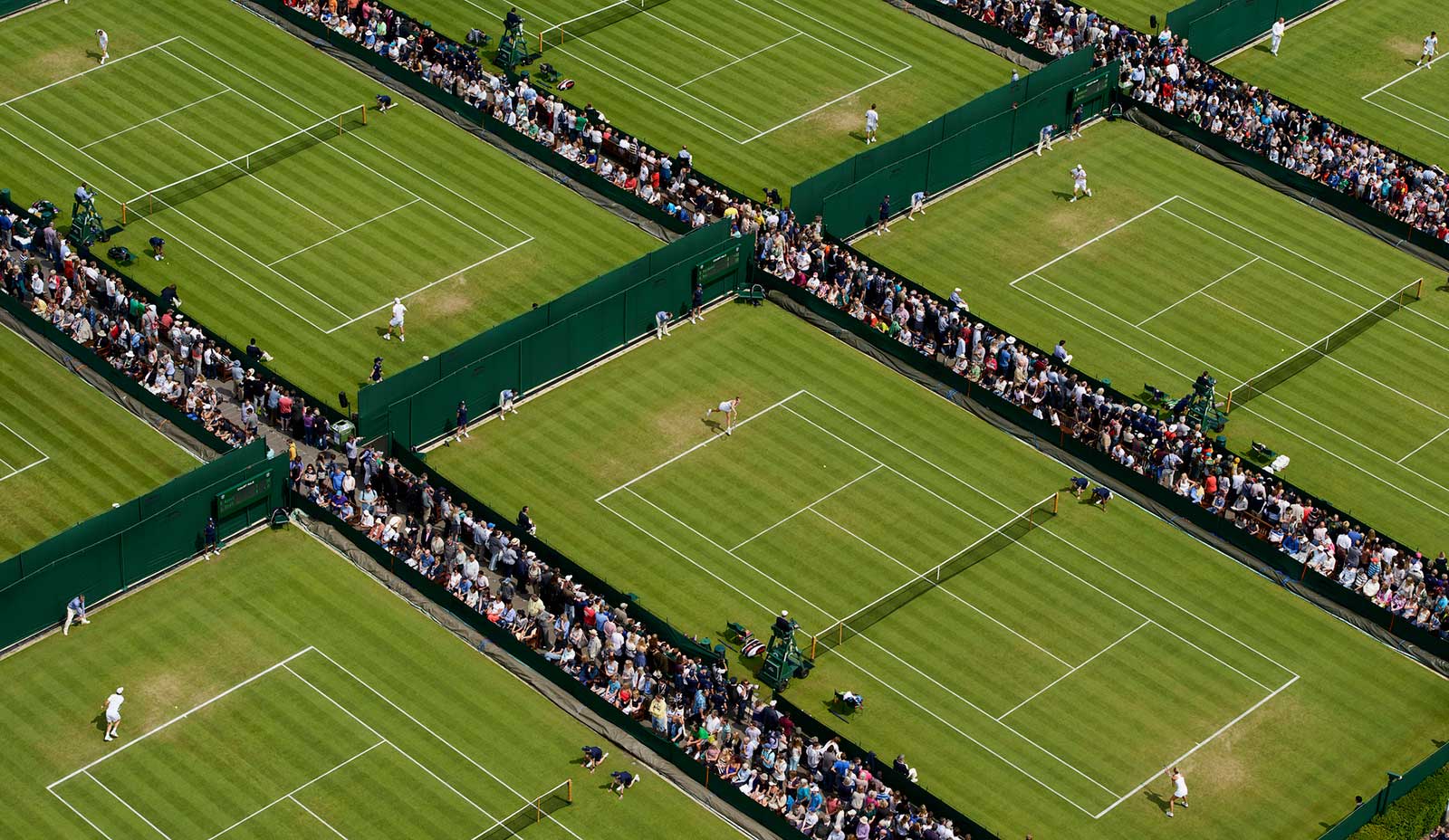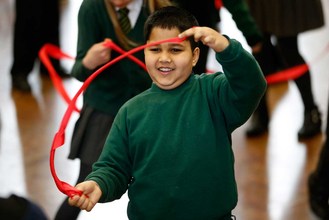It has been an incredible year for Roger Federer. After missing the last six months of the 2016 season, he came back in 2017 and won two Grand Slam titles and, so far, a total of six tournaments. In all, Federer has won 44 matches and lost only four.
Most impressive of all: Federer has beaten Rafael Nadal four times this year - in Melbourne, Miami, Indian Wells and Shangahi - and five times in a row since 2015. His last three victories over Nadal have all come in straight sets.
In his most recent victory, at the Shanghai Open, Federer didn’t face a break point on his serve as he scored a 6-4, 6-3 victory. Federer has held in his last 31 service games against Nadal, going back to the fifth set of the Australian Open final.
To dominate Nadal is unheard of in Federer’s career, and especially impressive considering that Federer is 36 years old, five years older than Nadal and at a stage of his career when those years should be a hindrance, not a benefit. And, he accomplished all this with a weapon he never had before: an aggressive and stunningly consistent one-handed backhand.
Federer’s backhand has always been beautiful to watch. He brings his racket back with grace and extends his left arm all the way back as he swings his right arm forward. Pause a Federer film and you’ll see a full extension on the swing and his eyes locked to the ball.
In the past, his backhand was more inconsistent because he played with a smaller racket and more often hit the ball with the frame instead of the strings. Federer used to slice more backhands. These were, generally, defensive shots that kept rallies alive, until he had time to go to the net or hit an aggressive forehand.
For Federer, among the finest players ever in tennis, that worked fine against most everyone. But against the left-handed Nadal there was a problem. Nadal became exceptionally good at attacking Federer by smashing his heavy, fast-spinning forehand to Federer’s backhand. And presto, Federer would often miss.
“I would always shank too many balls,” Federer said. “It was hard for me to consistently just keep on attacking with the backhand.”
Federer is not missing anymore and now attacks all the time, thanks to the larger Wilson frame he now uses. Another surprise: He benefited from his time off from his injury. In that period Federer had time to increase his aggression as he practiced his backhand over and over again.
In his matches, Federer used to slice backhand returns most of the time. Now he swings full at serves to send them back with speed. During rallies, Federer no longer needs to linger more to the left side of the court so he can hit more forehands. This makes it harder for his opponents to hit the ball past him—there’s no weakness to attack.
“Because I have gotten used to returning that way, I think it’s also easier to play Rafa these days,” Federer said. Four wins this year proves Federer is right.

